Hopes fade for rescue of missing Titanic sightseeing submarine with 5 on board
Maritime experts say even if the missing Titanic submersible is found it will be next to impossible to raise it before the air runs out, with less than 40 hours of oxygen left.
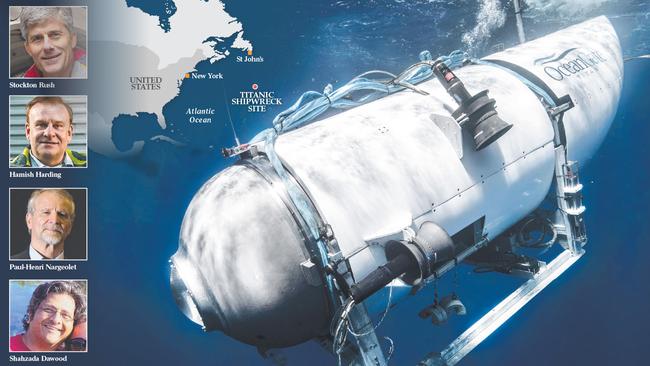
Maritime experts say there is now only the slimmest chance of rescuing five people on board the still missing Titanic submersible.
“More people been to outer space than this depth of the ocean,” Titanic expedition leader, G. Michael Harris told Fox News.
“The worst situation is something happened to the hull and our fear is it imploded at (a depth of) 3200m .’’
Retired US submarine commander, David Marquet, says the sub “might as well be on the back side of the moon” because even if it is found, it has to be raised - an extraordinarily difficult operation - and brought back on board the mother ship.
“It needs us to rescue them,” he said.
Mr Harris also cautioned that even if the sub is found intact near the Titanic wreck it would be next to impossible to rescue the vehicle and bring it to the surface in time.

Mr Harris added “you have to cross every “T” and dot every “I” and do everything perfect and by the book. Throwing a bunch of tourists into a new sub created over the last couple of years, it’s not looking good.’’
In a press conference held this morning Australian time, Captain Jamie Frederick, of the First Coast Guard District, said Titan had about 40 hours of oxygen remaining for five people on board.
He added that the search is “complex” and requires multiple agencies working together.
The only optimistic scenario is that the sub, called Titan, has floated to the surface after ditching ballast and is bobbing around waiting to be found by the increasing numbers of C-130 Canadian and US coast guard aircraft sweeping the area.
The deep sea cable boat Deep Energy has been moving slowly over the wreck of the Titanic since Tuesday afternoon Australian time using its sonar detection abilities. It was the first vessel to respond to the emergency message issued by the STD-C - a marine satellite service - to alert nearby vessels to keep a look out on Sunday. It changed its bearings to head to the Titanic wreck site and was in position by late Monday.
The STD-C alert, issued at 10.25 Zulu (GMT) on June 19, was more than 12 hours after the sub had been due to surface after a 12 hour period of descent, observing the Titanic and then ascent
Looking at STD-C messages from @thebaldgeek site. The sub, TITAN was supposed to surface around 2000 Zulu yesterday (June 18th) The first aircraft that we can see launched was a USCG C-130 from St. John’s around 0030 Zulu today. It looks like they just happened to be in the area. pic.twitter.com/p2yrokgCot
— Thenewarea51 (@thenewarea51) June 19, 2023
The alert read:
“Good morning 21 foot submarine Titan submerged in position 41.43.00N 49. 56.00W They should have resurfaced at 182000ZJun23. The Titan has a white hull and two white strobe lights with 5 persons on board. Vessels in vicinity requested to keep a sharp lookout, assist if possible.’’
The reference to 2000zulu on 18th Jun (Sunday) is Monday 5am Sydney time. It is unclear if the emergency air includes the time taken up by the expedition, or if the 96 hours of oxygen is completely separate and the count down begins from the time they failed to surface.
But the alert shows there was a gap of time between the expected surfacing of the submarine and when authorities issued the alarm.
A former passenger on the Titan, believed OceanGate Expedition staff on the mother ship, the Polar Prince, may have delayed calling the coast guard for assistance because previous expeditions had suffered short communication black out periods.
David Pogue, a journalist who was onboard the Titan for an expedition last year, told CBS: “things go wrong all the time in this business, my dive lasted just 32m and it had a mechanical issue and had to be hoisted (back onto the mother ship); maybe they thought the comms will come back.”
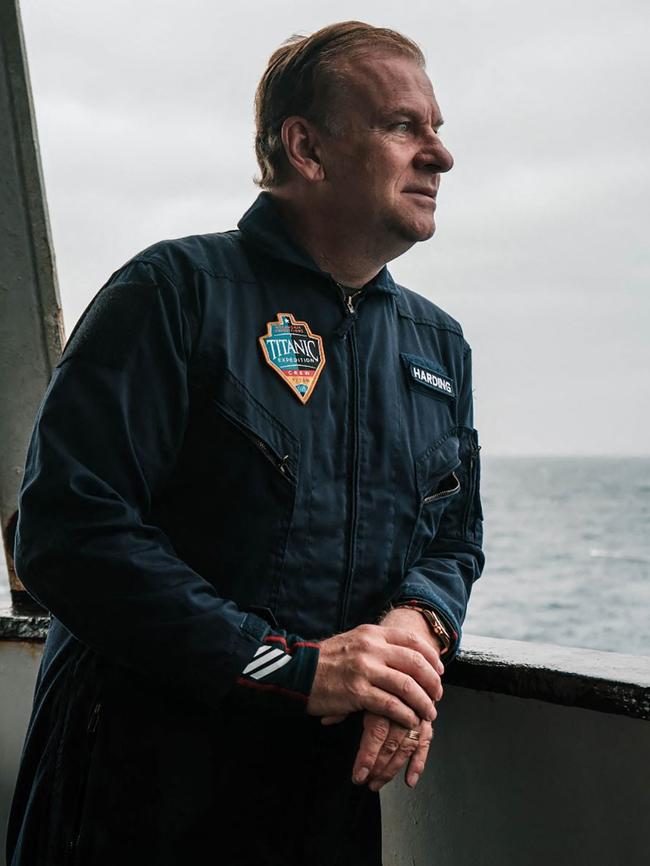
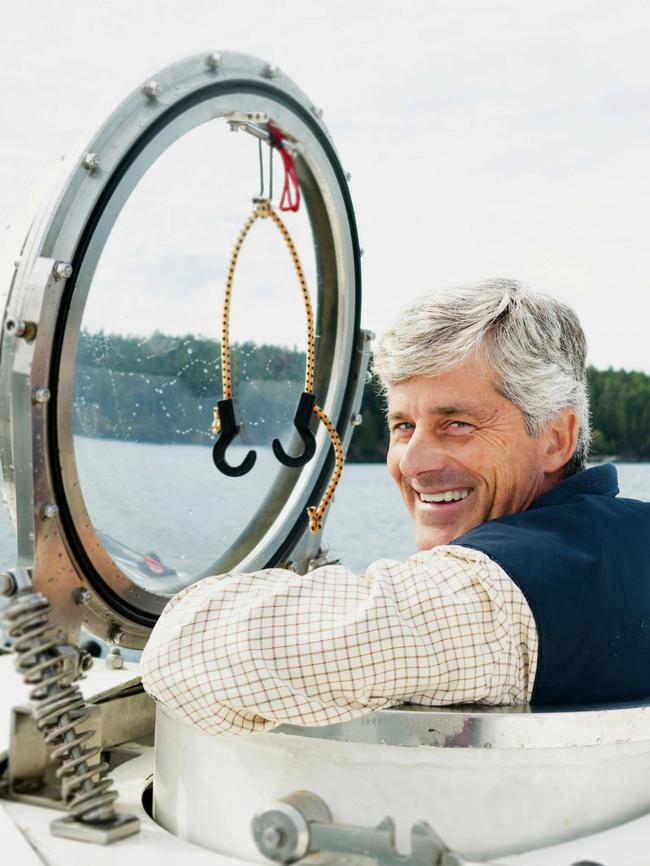
However many submariners say the air and time questions are only relevant if the submersible is floating on the surface of the ocean somewhere.
Mr Pogue said it was not good that the lost signal occurred two thirds of the way down to the sea bed floor.
“Probably something catastrophic happened to the whole thing,’’ he said, noting that even if the crew had all fallen unconscious for some reason the sub was designed to release sandbags after 14 hours so that it would float back to the surface.
“If they are under water it is devastating, if we found them there is no way to rescue them, this is 13000 feet, no other craft are available to get down in time.”
Mr Pogue said the submersible had a common video game handset and lights from a local camping store, but insisted the safety procedures for the expedition were “run like a rocket launch with twice daily briefings’’.
However he said the founder of the submersible, Stockton Rush, one of the five on board the sub, had remarked that safety was relative. He would say “if you want to live in perfect safety don’t get out of bed”. Rush has been down to the Titanic wreck about 25 times.
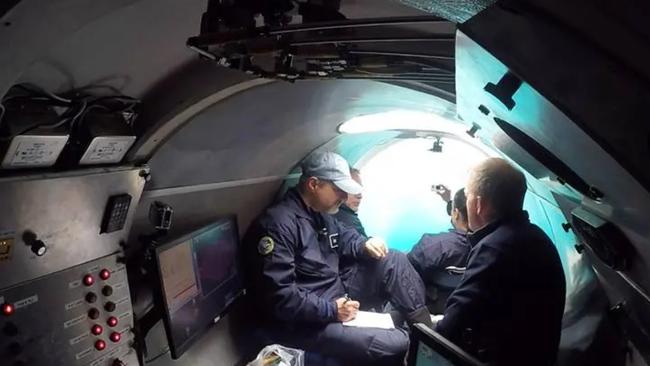
Another patron on board, the British aviation billionaire Hamish Harding is “larger than life,’’ says his friend Jannicke Mikkelsen adding that “he will be inspiring and getting the best out of every team member to be able to bring the submersible back to the surface”.
The others on board are French explorer Paul-Henri Nargeolet, Pakistani billionaire Shahzada Dawood and his 19 year old son Suleman both of whom reside in Surrey, England.
Author Mike Reiss, who has been down to the Titanic with the same firm on three occasions said each time there had been technical faults. One time he said it was pitch dark and the radar and the compass stopped working.
“We spent most of our time down there just flailing around, trying to find the biggest thing in the ocean,” he said.
Mr Reiss said the attraction to see the Titanic was for “exploration’’. He told the BBC: “It is not vacation or thrill seeking, it’s not like sky diving, these are explorers and travellers who want to see something”.
But former Royal Navy commander Dr Chris Parry savaged the ‘’death trap’’ design of the missing sub, saying the situation is pretty dire.
“I’m afraid to say, the risk was stacked when they went under the water,” he said.
He was scathing of entrepreneurs conducting such high risk activities in open international waters and that they can act with impunity.
“The real issue is who regulates people who are doing things like this?,” he said.
Former NATO submarine commander Roger Lane-Nott told Talk TV he was horrified when he heard about the plight of the submersible. He said the area has a mixture of converging currents making it difficult for rescue crews.
He said:“It is very concerning, this submarine wherever it is, and nobody knows that. Is it on the surface, or underneath and involved with the Titanic itself? The problem is the Labrador current from the north and the gulf stream from Florida interacts there and there is a huge mixture of currents in different directions.’’
He added that if the crew was still alive it would be absolutely pitch dark, with the lack of visibility also making it difficult for anybody to find them.
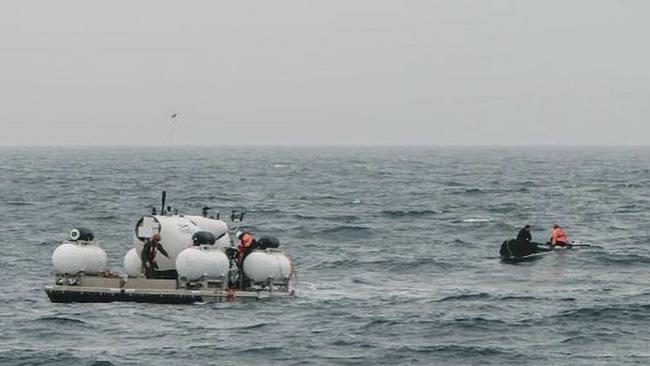
Red tape holding up desperate search
Rescuers are in a critical race against time to find five people missing in a submersible near the wreck of the Titanic before their oxygen runs out, but they claim red tape is holding up the search mission.
Experts who helped map the Titanic in 3D are waiting on “paperwork” to get their remote operating equipment off the tarmac and flown to the closest airport to Newfoundland, one of the advisers to the company OceanGate Expeditions claimed on Tuesday.
Five explorers – including the owner of OceanGate Expeditions, Stockton Rush, and British billionaire Hamish Harding – are on board the craft, which lost contact with the mother ship an hour and 45 minutes after descending to reach the Titanic, 12,500 feet underwater about 600km off Newfoundland, Canada.
An alert to nearby vessels indicates the missing submersible was supposed to surface at 8pm Greenwich meantime on June 18.
Looking at STD-C messages from @thebaldgeek site. The sub, TITAN was supposed to surface around 2000 Zulu yesterday (June 18th) The first aircraft that we can see launched was a USCG C-130 from St. John’s around 0030 Zulu today. It looks like they just happened to be in the area. pic.twitter.com/p2yrokgCot
— Thenewarea51 (@thenewarea51) June 19, 2023
Also reportedly on board were Pakistani businessman Shahzada Dawood and his son, Suleman Dawood, and French explorer Paul Henri Nargeolet. They are believed to have enough oxygen to last until early Friday morning, Australian time.
OceanGate charges customers $US250,000 ($365,000) for a seat on the submersible.
Mr Nargeolet has previously spoken about the dangers of viewing the Titanic, recounting how the submersible once became briefly caught on the bottom of the sea floor among some of the debris.
Since 1985 when the wreck of the Titanic was discovered, Mr Nargeolet has salvaged items from the debris field on the ocean floor as well as conducted scientific research.
Mr Nargeolet, who held the record for the deepest submersible dive of nearly 11,000m below the surface, told the Irish Examiner in 2019: “If you are 11m or 11km down, if something bad happens, the result is the same. When you’re in very deep water, you’re dead before you realise that something is happening, so it’s just not a problem.”


The US Coast Guard, which is leading the search with military support, has dropped sonar buoys and commercial operators have organised to dispatch a remote vehicle that has the capability of diving to the ravine in which the Titanic lies.
David Concannon, a US lawyer who was supposed to be on the craft but had to withdraw at the last minute because of an issue with a client, said the rescue efforts by commercial operators who had remote operating equipment to reach deep into the ocean was being held up by government red tape and criticised the US response as slow.
“Loss of communications is not a big deal but loss of tracking is a different story,’’ Mr Concannon told New Nation.
“We know approximately where it is (from the last known communications), so getting there in a 96-hour window before the occupants run out of oxygen is the most important factor.”

He expressed frustration that remote submersibles currently in Guernsey and the Channel Islands, which had been used by a deep-sea-mapping company to create a 3D image of the Titanic had been sitting on the tarmac overnight waiting for the required paperwork to be completed.
“If we move fast, we can get to the site in 40 hours from where the ship is now,” he said. “If we get the assets flown from Guernsey Channel Islands overnight, we can have them mobilised on the ship in a day and we can get there inside the window.
“Now, it’s at the end of the window, but we can get there inside the window where there’s still oxygen in the submersible and that’s what we want to do.”
He added: “This equipment has been on the tarmac for hours. When I communicate with the US government, I get ‘out of office’ replies, not from everyone, but from key people that have a sign-off on this. That’s unacceptable.”
RMS TITANIC EXPEDITION
— Hamish Harding (@ActionAviation0) June 17, 2023
I am proud to finally announce that I joined @OceanGateExped for their RMS TITANIC Mission as a mission specialist on the sub going down to the Titanic.@ExplorersClub@actionaviation@One_More_Orbit#PolarPrince
Full story at:https://t.co/7UWUrKGyTQ
US Coast Guard Rear Admiral John Mauger said on Tuesday morning Australian time that the submersible had 70 to 92 hours of oxygen. He said the remote situation was causing difficulties and the search area was not only on the surface but in the “column” of dark water underneath.
“We’re using that time making the best use of every moment of that time,” Rear Admiral Mauger said. “Right now, we’re really just focused on trying to locate the vessel again by saturating the air with aerial assets, by tasking surface assets in the area, and then using the underwater sonar.”
It is unclear how much food is on-board the submersible, with previous passengers saying “there’s no food and water, apart from the one sandwich and the one water bottle you bring with you … all there is by way of a toilet is basically a big ziplock bag”.
At least three C-130 aircraft and a P8 aircraft are scouring the ocean surface in case the submersible has been able to jettison some weights and rise to the surface. This may have happened if the craft suffered a power or communications failure.
A journalist who went on the submersible last year, David Pogue, warned that crew members were bolted in, and were unable to open the craft themselves. He said it was “really concerning” that seven different functions that allowed the craft to resurface appeared not to have been used.
The craft, known as the Titan, is only able to communicate with the mother ship when it is directly underneath using short text messages, as GPS doesn’t work underwater. If the craft is found at depth rescuers will have enormous difficulty getting it back to the surface using a remote vehicle as divers are unable to dive that deep.
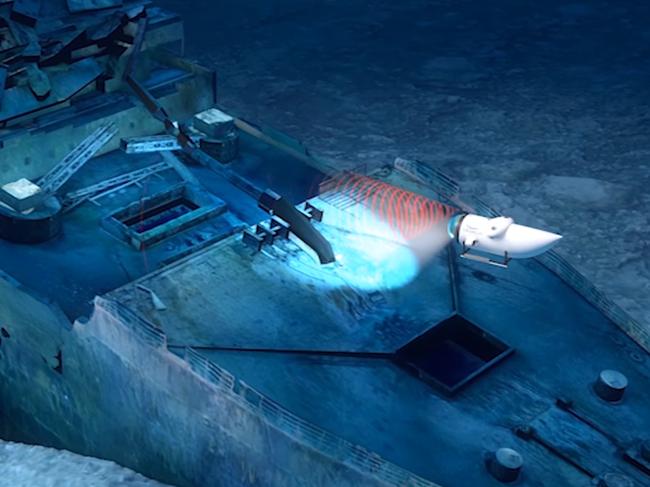

Alistair Greig, a professor of marine engineering at University College London said: “If it has gone down to the seabed and can’t get back up under its own power, the options are very limited.’’
He warned that if the craft had any small leak in the pressure of the hull the prognosis was poor.
Mr Pogue said: “There’s no back-up, there’s no escape pod, it’s get to the surface or die”.
He admitting to having reservations about going on the submersible last year but had been reassured by Mr Rush that the carbon fibre hull had been developed with NASA. He said the submersible was made with “off-the-shelf, sort-of improvised” equipment.
“You steer this sub with an Xbox game controller, some of the ballast is abandoned construction pipes,” he said.
LATEST from @USCGNortheast: The @USCG is searching for a 21-ft submersible from the Canadian research vessel Polar Prince. The 5 person crew submerged Sunday morning, and the crew of the Polar Prince lost contact with them approximately 1 hour and 45 mins into the vessel’s dive. https://t.co/8X9CY2WzJ7
— Amanda Chaya Engel (@acdrazen) June 19, 2023
During his trip to see the Titanic the submersible was lost for more than two hours.
The Titanic, which hit an iceberg in 1912 on its maiden voyage from Southampton to New York, with the loss of more than 1500 people, is more than 3km deep.

Mr Harding said a dive to the Titanic, alongside “a couple of legendary explorers, some of which have done over 30 dives to the RMS Titanic since the 1980s” was being attempted on Sunday at 4am after leaving St John’s, Newfoundland on Friday, local time.
He said this particular trip was likely to be the first and only manned mission to the Titanic this year because of bad weather.
The company’s founder Mr Rush is also on board. He is a mechanical and aerospace engineer and said he had first wanted to be a space explorer, but then realised “it’s all in the ocean”.
More Coverage






To join the conversation, please log in. Don't have an account? Register
Join the conversation, you are commenting as Logout